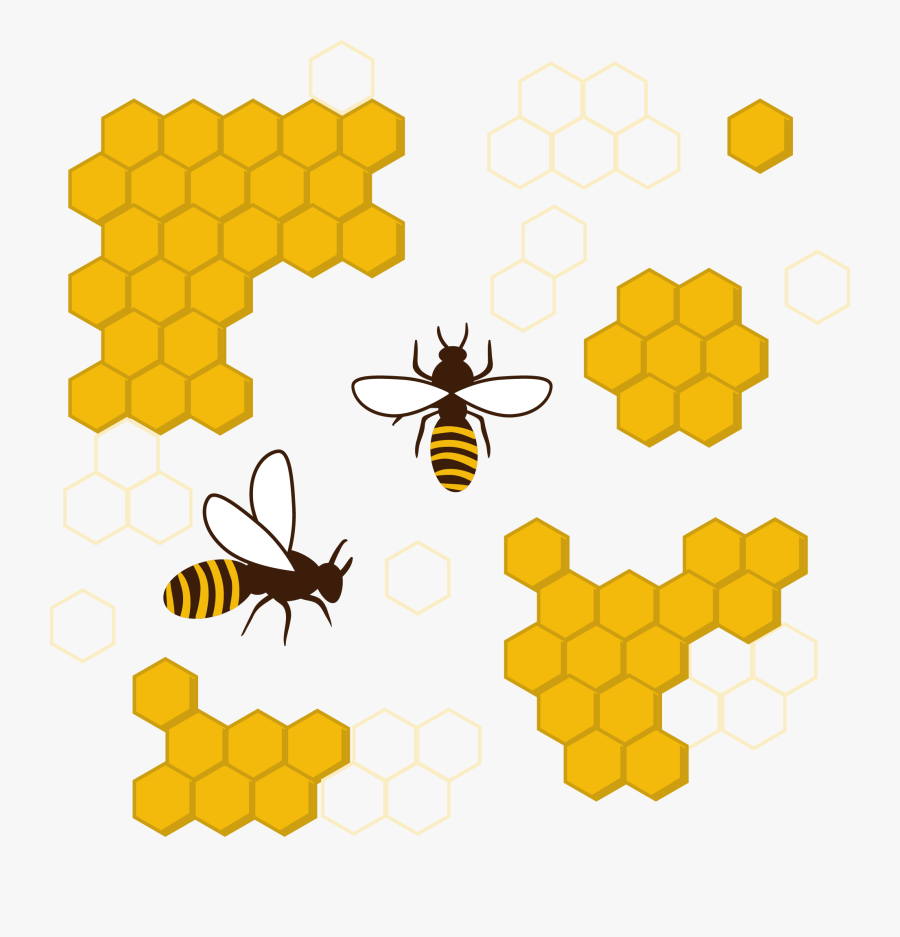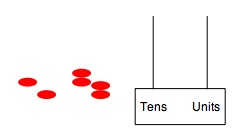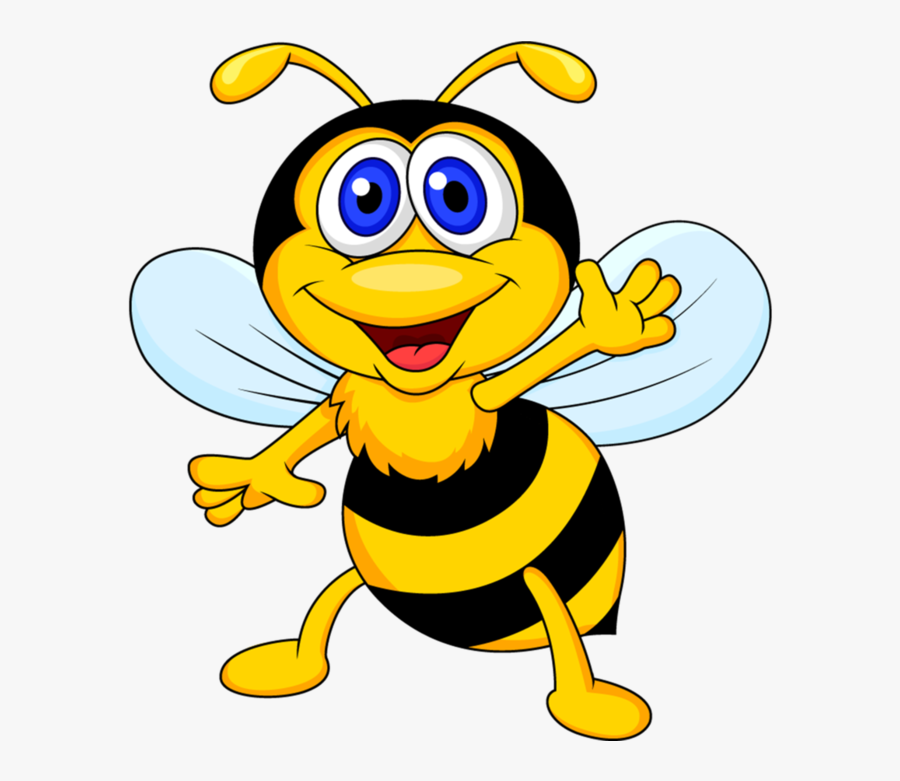Maths Corner
w/b 29th June
Hello mathematicians!
This week I have been thinking about place value.
I saw this conundrum on NRICH:
6 Beads
If you put three beads onto a tens/units spike abacus you could make the numbers 3, 30, 12 or 21.

Explore the numbers you can make using six beads.
Can you find all the ways of using six beads?
How do you know you have found them all?
I also found an interactive spike abacus on here . This allows you to put beads on the spikes of an abacus to see the numbers. See the pdf picture below which shows you a number represented with 6 beads.
We can extend the problem by asking which numbers could you make with six beads if you used Hundreds tens and ones or indeed thousands hundreds tens and ones? (At what point would you stop adding another column?) (Could you use decimals? The interactive spike abacus goes to 2 decimal places if you need to try it.)
I would be very interested to see what you come up with.
These spike abacus diagrams are used to show place value but real a abacus is used for counting and calculating.
Have a look here. This is an abacus with fives and tens. It is interactive and you can count with it.
Here you can find a demonstration on how to count to 500 with an abacus.
Isn't it interesting how you start in one place and end up in another when thinking about maths?
Here is an abacus from the first century thought to have been used by a Roman scribe.

Have fun with maths!
Maths Corner
w/b 22nd June
Hi Mathematicians!
I hope you have recovered from chasing Leo the rabbit up and down stairs last week.
This week, I have a more restful enterprise, although it does involve a lot of moving water!
As you know I like to spend time in the garden. Earlier this year, I bought 2 new water butts so that I can collect rainwater from the roof of my house when it rains and yesterday, I bought a new watering can. I did have two but one split, so I replaced it.
My watering cans hold 10 litres of water and 6.5 litres. This got me thinking.
You can join in with my thinking as ever but you might need a bit of grown up help with some of this. Don't start splashing water around unless you have asked first!
Let's imagine, each time, both the water butts are full. It rained a lot in the night!
How many litres of water is that?
How many times can I fill my big watering can if I get water from both water butts?
How many times can I fill my small watering can?
If I use both watering cans, one after another so they are used the same number of times, how many times can I fill them?
How can you record these investigations?
I timed how long it takes to fill each watering can.
The 10 litres can took 2 minutes to fill.
The 6.5 litre can took 1 minute 15 seconds to fill.
(Does this sound right? How can you check?)
How long would it take to empty the water butts, imagine they are full to start with? Which cans would you use?
If you have watering cans at home, see how much they hold. If you don't, you could check the capacity of a tea pot and a mug or a vase or a bucket. Have a look on a bottle label and see how much it holds in mls or litres. Are you surprised? You could look at the capacity of different spoons. How many teaspoons of ketchup would empty a full bottle? (Don't actually do this unless an adult says it's ok. You could work it out from one tea spoon and the label)
Maths Corner
w/b 15th June
Hello Mathematicians!
This week, we are thinking about rabbits!
Or one rabbit in particular. Leo the rabbit likes jumping up stairs.
Take a look at this problem to solve from Youcubed - the maths education department for Stanford University in the pdf below.
You might want to find some of the ways Leo can climb the steps. You might want to find all the ways. (If you would like more of a challenge, listen to the instructions at the end of the video.) Be systematic.
Have fun! Boing!
Maths Corner
w/b 8th June
Hello Mathematicians!
This week I feel like going round and round in circles.
Here is an interesting question:
What is your idea of the 'next size up'? To put it into a context with circles try this:
To help you to explore, you could use counters, coins, buttons, smarties (they might get a bit sticky though or you might eat them ..) or there is a pdf circle paper to print off below.
Can you predict the next in the pattern?
You can use our old friend the Maths is Fun drawing tool to try overlapping circles. I did this and then used 2 colours to infill but I tried not to let the colours touch. If you use the grid, you can size the circles.
Here is fun activity you can do with overlapping circles click here. There is squared paper in the pdf below or use the drawing tool.
Maths Corner
w/b 1st June
Hello Mathematicians
I hope you enjoyed playing with hexagons last week. Please send anything you want to share in via the office: I am always happy to see how you have got on with the maths in Maths Corner.
This week I thought we would take a look at some coins.
I have a small basket of loose coins in my kitchen and we toss our spare coins in there when we come back from the shop. When someone in the family needs a few coins, they then know where to look. I had a look this morning and this is what I saw:
Who put the pencil sharpener in there? There is often a strange collection of odd screws, pins and paper clips in the coin pot. Never had a pencil sharpener before!
Anyway, how much money do you think is in the pot? What would be a good guess?
I emptied the basket and organised the coins into piles of 10.
There was also a 20p coin and 2 x 1p coins left over.
Have you changed your mind about your total now or are you still keeping to your estimate?
There are 7x 10p, a 20p, and 2x1p
This makes a total of 92p.
Were you close in your estimate?
I then picked out 5 coins
What is the biggest total I can make? What is the smallest total?
I could have: 1p+1p=2p;
I could add them all together 1p+1p+ 5p+5p+20p=32p
What are the possible totals I can make with these coins? Can you find ten different possibilities? twenty? More?
See how you get on and remember to be systematic or you will get into a bit of a muddle.
You can choose a smaller number of coins if you want to make this an easier challenge.
Happy counting!
Maths Corner
w/b 18th May
Hello mathematicians!
I hope you had a good time with co-ordinates last week and found your way around.
This week, I have been thinking about hexagons. if you look at the photos you will see two of the allium flowers that have burst forth in my garden this week. They are very interesting flowers as they are made up of lots of tiny flowers and they make a spherical shape which is quite unusual, in my garden at least.
The photos show that one of the alliums is only partly out and the shape of the flowers is really clear: 6 petals arranged in a hexagon shape.
Key stage 2 activities - carry on reading here. For key stage 1 activities, go to the bee at the bottom of the page.
I thought we could have a go at drawing a hexagon, using the degrees of a circle and making our own flowers. There is a pdf below of a circle divided into 360 degrees in 10 degree sections. To draw a regular hexagon you need to mark 6 points, 60 degrees apart. 360 ÷ 60 =6, 6x60=360.
If you then draw a line from the centre to the points you will have the centre of 6 petals. You can then design the flowers around this shape. Or, you can join up the points to make a regular hexagon.
You can do this on a drawing tool here. drawing tool Look at the example below.
Here is a tricky game of strategy involving hexagons. (You may need to enable the flash) Hexxagon You have to play against the computer to win hexagons. I found it very tricky - I didn't work out a very good strategy. Maybe you can share your winning strategy with me!
Here is another hexagon game where you have to cross the board in hexagons. Very mathematical and very tricky! A game for mathematicians who love a challenge. Click for game here
If you have pair of compasses and want to lean to draw a hexagon , this short animation shows you how. construct a hexagon
You can use this interactive tool to draw hexagons to tessellate. ( This means the shapes fit together with no space in between to make a pattern. See here for an explanation.tessellation explained ) It is not as easy as it looks but you can make some interesting patterns!
There is a sheet of hexagon-printed paper as a pdf below if you want to try making your own patterns.
Key stage 2 people, do carry on if you fancy making a game. You can adapt the numbers to be much bigger/smaller (use decimals?) , use negative numbers and different dice.
Hang on! I haven't mentioned bees!
Hexagons are mostly associated with bees and honey comb. I love to watch the bees in my garden and I really like to eat the honey! The hexagon pattern is brilliant for building strong shapes and good for storing lots of honey.
I thought we could make a counting race game using a honey comb, bees and flowers. You could race to the hive and collect nectar on the way. You could have 1 or 2 dice depending on the size of your track. Use the hexagon paper to draw your game. Check out the photo to see the one I made. I used bee counters and flowers with values to collect. throw the die and move around the honeycomb until you land on the flower you want. Collect the flower and add to you nectar total. Once you get to 20, you can race to the hive. First one at the hive wins. Use a 1-6 die. I drew hexagons on squared paper but there is a large hexagon below for you to use. Can you work out a game to play?
If you think about hexagons this week, what do you notice? Please share.
Enjoy!
Ms Fellows
Maths Corner
w/b 11th May
Hello lovely mathematicians!
This week I have been looking at the resources created by the fabulous team of maths advisers at the local education authority. They do a fantastic job, supporting schools with maths advice and they have been busy recently, creating home maths for you to try.
Maths Challenges
The Cambridgeshire Maths Team has created a fantastic range of indoor and outdoor maths challenges for you to try at home and in your garden. Each challenge contains 20 different activities for your children to try:
The Mathematical Zoo is a challenge for children aged 6-8 years old and their families. Children answer maths questions and solve problems based around the animals in the zoo. Download the resources below.
The Mathematical Museum for children aged 7-10, challenges children to answer a range of interesting problems about different exhibits in the museum. Questions can be solved in any order and solutions can be checked with the answer sheet provided. Download the resources below.
The Mathematical Mansion is a tricky digital challenge that we have created, designed for older primary-age children, with a selection of maths problems set in different rooms of a large house. Children can visit rooms in any order and then check their answers with the answer sheet after. Download the resources below.
Maths Trails - The Cambs Maths Team is well known for creating town and city trails across our region, which schools use to support their learning - you can find out about these trails here. Now the team has created a challenge, so that you can create your own Maths Trail at Home. Click on the links below and challenge yourself to create a trail around your own home and garden.
Maths Corner
w/b 4th May
Hello Mathematicians,
This first part is mainly for KS2. If you would like a KS1 Maths Corner please continue to the end of the coordinates section.
This week, I am thinking about coordinates.
If you are not sure what they are take a look at this short clip bbc bitesize
For those of you who have learnt about coordinates before, you will know that there are important things to remember: coordinates are written with 2 numbers in brackets, separated by a comma and the x part of the coordinate comes first. e.g. (3,4) means the place where line 3 on the x axis and line 4 on the y axis cross.(Go along the corridor and up and down the stairs is the way I remember it.)
The coordinates allow you to locate a position where two lines cross, coordinates don't name a space in a square so you must label lines not spaces.
You can play a fun game with coordinates. You will need a partner . You will need squared paper - there is a pdf you can print below . You will both need to draw a set of axes. These can mark a single quadrant with positive numbers like this:
or you can cross them in the middle of the page and have 4 quadrants so that you have positive and negative numbers. Make sure you count away from zero when you label your grid.
When you have labelled your lines, you can draw a map over the top.
Make your map take up the space of most of your lines.
Agree a list of things you should mark on your map. For example, you could have a castle, an aged Oak tree, a lily pond, a waterfall, a bridge.... you can link your ideas to a story, a fairy tale, a pirate island - it's up to you. You should both have the same things on your maps.
You could give points to each item. E.g the castle is 20 points, the lily pond is 10.Now, agree to stop looking at each other's map. You are going to guess where each other's things are so, no peeping!
Place each item on a spot where 2 lines cross and make a note of the coordinate. Don't tell your partner where you have put it.
When you are ready and all your places are sorted, take it in turns to see if you can guess where the items are hidden. If you find one of your partner's items on their list, you get the points. The first person to find all the places, wins. Or, you could find 5 things and then see who got the most points. (Think about how you can give points for games and how you can make sure one person wins fairly. This can be an interesting challenge.)
For those of you who love a challenge, try this NRICH problem. It's tricky! Click here
Hi Key Stage 1 people.
Have a look at the picture I made. There is a photo below. It is a plan of Mr Poli's garden. He loves to plant lots of flowers and vegetables. So that he knows where he has planted his seeds, he makes a plan with squares and labels each square with a number and a letter. So, for example, in square 11c, he has planted lettuce seeds and in 5b there are carrots. He always puts the number first and then the letter.
Here are some questions about Mr Poli's garden.
What did he plant in square 6d? 2h? 12f? How many squares of lettuces did Mr Poli plant? How many squares are left for new seeds and plants? Can Mr Poli plant squash plants in square 4c?
Find a square with strawberries in it. Find a square with blue flowers.
You could design your own garden plan. Use the squared paper to make a grid. Ask a grown up to help you. You could make up your own questions too.






